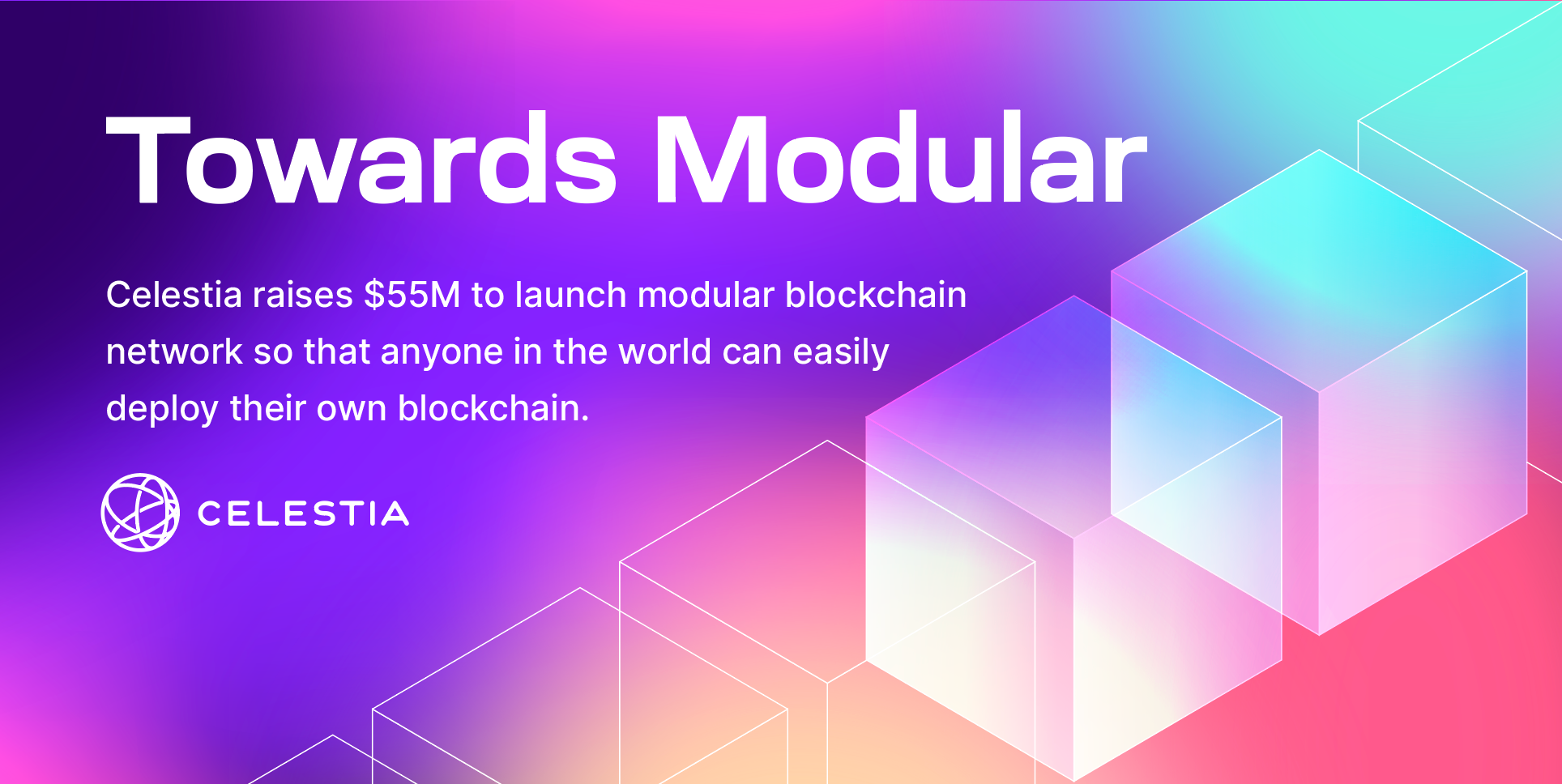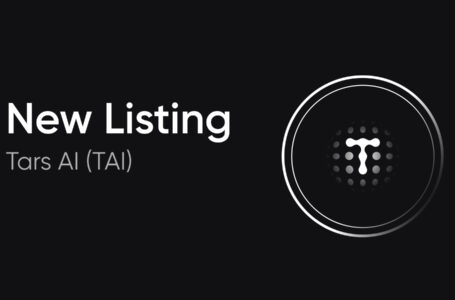
Celestia is the first modular blockchain network, providing a scalable and secure data availability platform that adjusts as users grow, enabling the easy launch of blockchains for individuals and companies. Supported by your TIA native cryptocurrency, Celestia is transforming the way we understand and embrace decentralized networks.
These features, associated with the separation of key blockchain functions, are the pillars that differentiate Celestia from traditional monolithic blockchain paradigms.
What is Celestia?
Celestia is a data availability (DA) layer designed to solve the problem of scalability in blockchains. The permissionless nature of blockchain networks demands a DA layer that enables the execution and settlement layers to reliably and efficiently verify low need for trust, the availability of transaction data. To achieve this, Celestia implements two main features: data availability sampling (DAS) and Namespaced Merkle Trees (NMTs).
DAS allows lightweight nodes to check data availability without needing to download an entire block. Using a scheme 2D Reed-Solomon encoding, Celestia divides the block data into chunks and organizes them into an extended matrix, which is encoded multiple times by Reed-Solomon. Separate Merkle roots are then calculated for the rows and columns of the extended matrix; the root of the Merkle roots is used as a commitment of the block data in the block header. The lightweight nodes then randomly select coordinates in the extended matrix and query the full nodes for the data chunks and corresponding Merkle proofs. The result of light node queries and Merkle proofs guarantee the availability of block data.
Namespaced Merkle Trees (NMTs) allow Celestia to divide block data into multiple namespaces, one for each application. Each application only needs to download its own data, making verification more efficient and allowing each application to validate the integrity of the block’s data. This innovative system promises to solve the scalability challenges faced by blockchains, allowing the processing of large volumes of transactions efficiently and reliably.
Celestia Crypto (TIA)
TIA is the native token of the Celestia ecosystem and plays a key role in building the first modular blockchain network. Its use stands out in the payment functionality for data storage space. Rollup developers use PayForBlobs transactions on the network, paying a fee denominated in TIA to guarantee data availability.
In addition to serving as a means of payment for data availability, TIA plays a crucial role in initiating new rollups. At Celestia’s modular vision, launching a blockchain becomes as simple as implementation of a smart contract. To speed up the creation of their chain, developers can use TIA as a gas token and currency, allowing them to focus on the application or execution layer rather than immediately issuing a token.
In the context of a proof-of-stake network, Celestia uses Celestia Crypto to guarantee its own consensus. Any user can contribute to network security by delegating their TIA to a Celestia validator, receiving a share of the validation rewards.
How Celestia Crypto Works
Celestia works through a pioneering and scalable approach that incorporates a number of fundamental elements, such as its Data Availability Layer (DAL) and the strategic use of its native cryptocurrency, TIA. Furthermore, it is based on a proof of stake (PoS) model and adopts a decentralized governance system. Below we explain each of its features better:
- Data Availability Layer (DAL): Celestia operates through its Data Availability layer (DAL), essential for ensuring that information is accessible and verifiable. Using 2D Reed-Solomon encoding technology and Namespaced Merkle Trees (NMTs), this layer allows lightweight nodes to check data availability without the need to download an entire block, providing efficiency and scalability.
- Role of TIA: Celestia’s native token, TIA, plays a vital role in the network. In addition to being used to pay for data storage space (blobspace), it is used in transactions to publish data to the data availability layer, as well as for validation and governance activities.
- Proof of Stake (PoS): Celestia relies on a proof-of-stake (PoS) system to ensure network security and consensus. This allows any user to participate in the validation process by delegating their TIA to a validator on the network and, in return, receive validation rewards.
- Decentralized Governance: Celestia’s governance is decentralized and community-driven. TIA holders have a voice in decision-making through proposals and votes on changes to network parameters, as well as managing the community pool, which receives a share of block rewards.
- Inflation and TIA Allocation: Annual TIA inflation gradually decreases over time, reaching a long-term issuance rate. The initial TIA allocation was distributed to support the development of the network, with a specific division for future initiatives, research and development.
This approach implies that Celestia takes responsibility for ordering transactions and ensuring data availability, similar to simplifying consensus for an atomic broadcast. With data availability sampling, lightweight nodes with limited resources only need to sample small random segments from each block to verify the existence of data.
Conclusion
The Celestia cryptocurrency, with the TIA token, represents an innovation in the blockchain universe. Its modular approach allows for efficient management of decentralized applications.
Key benefits of Celestia include:
- Security: Using the TIA token helps secure the network.
- Governance: TIA holders can participate in important decisions about the platform.
- Flexibility: The modular infrastructure allows other blockchains to operate on top of Celestia.


















